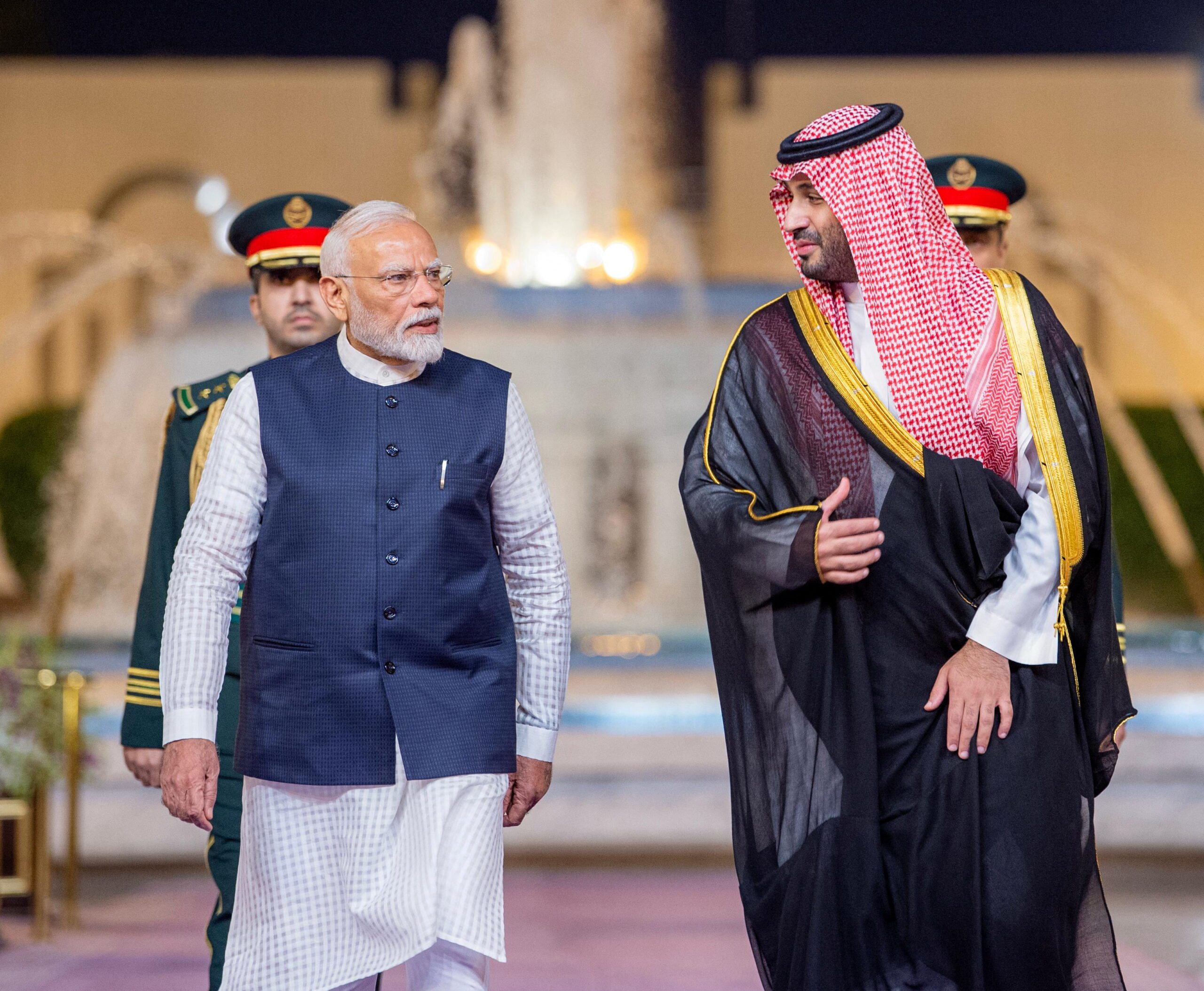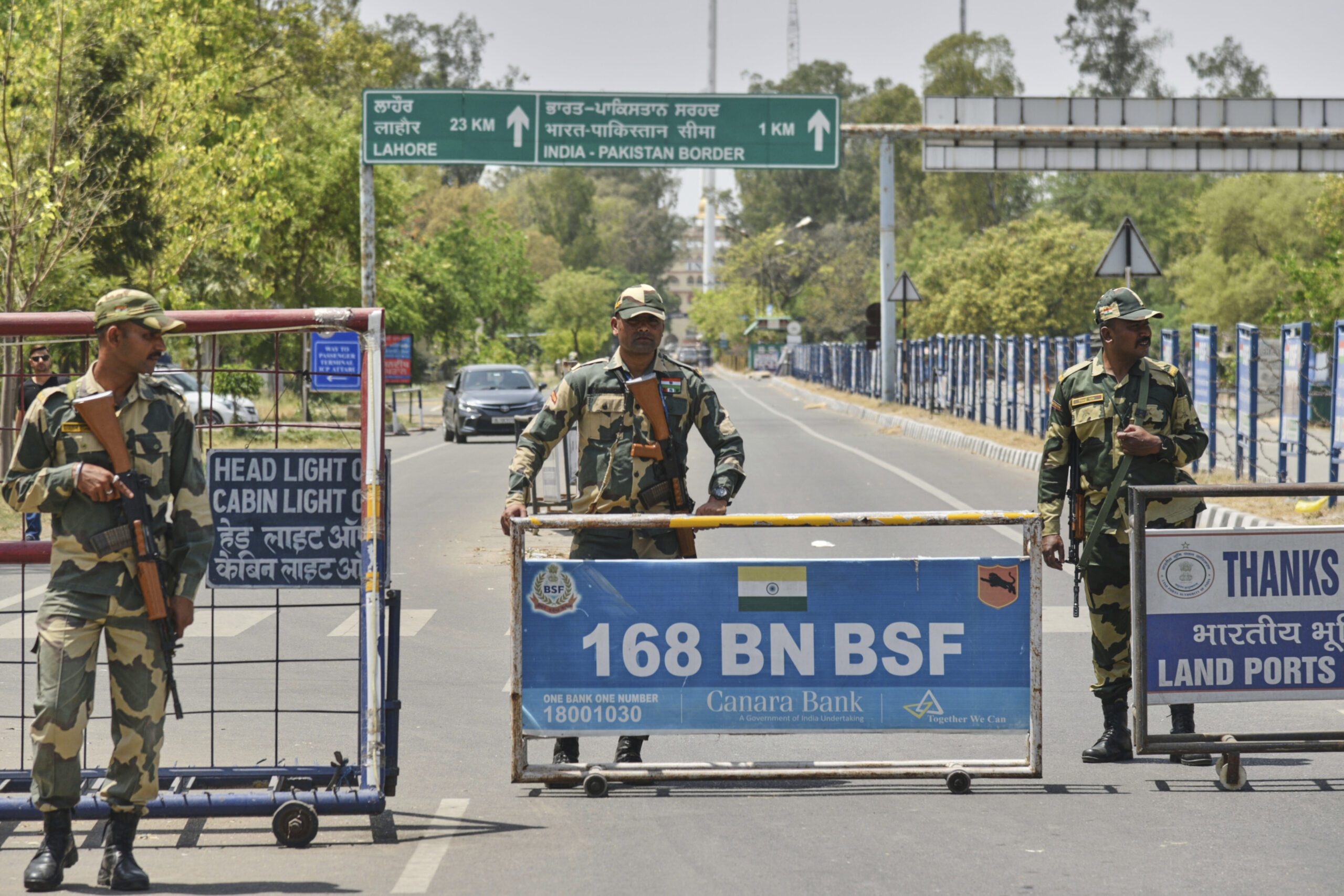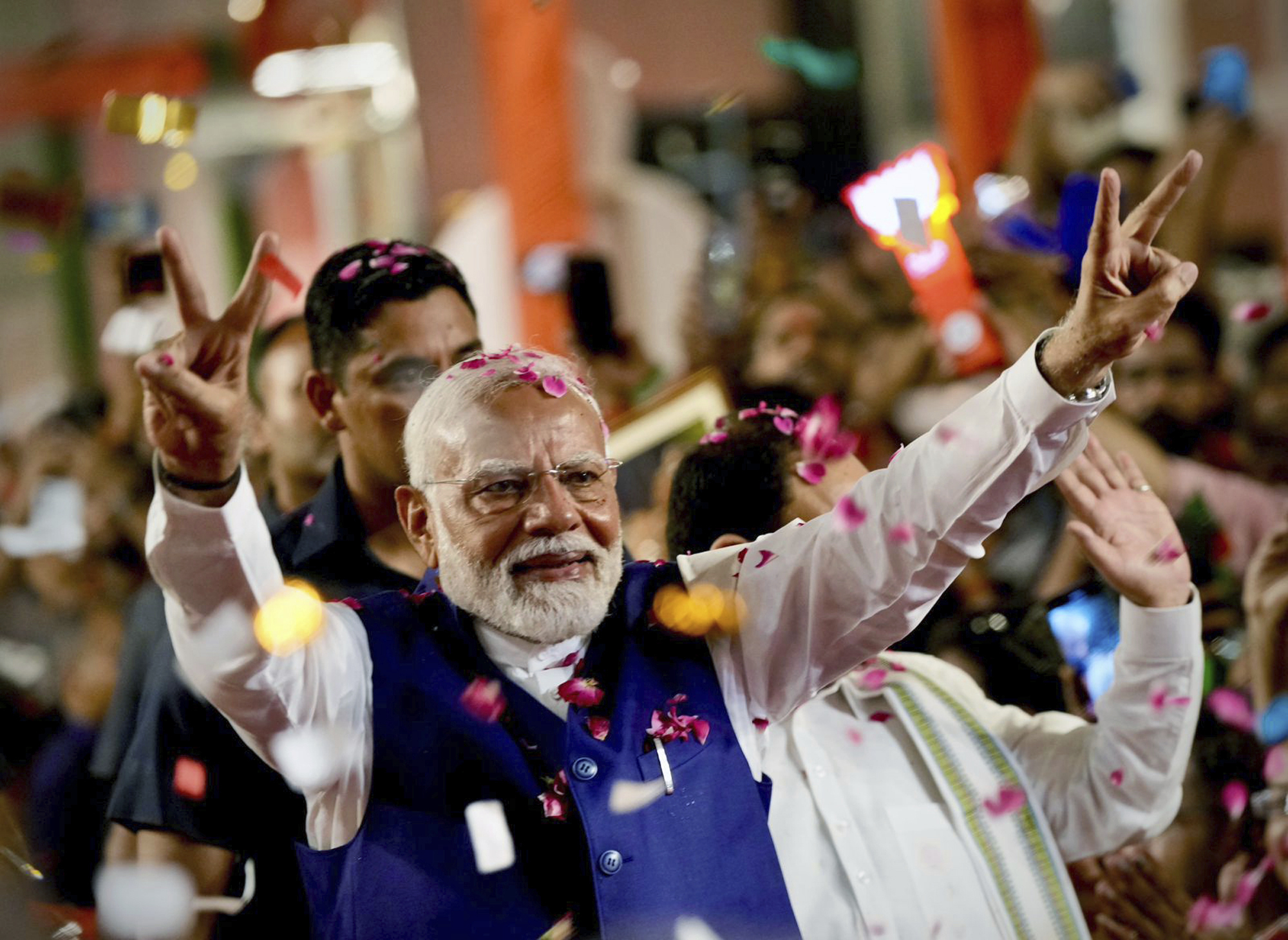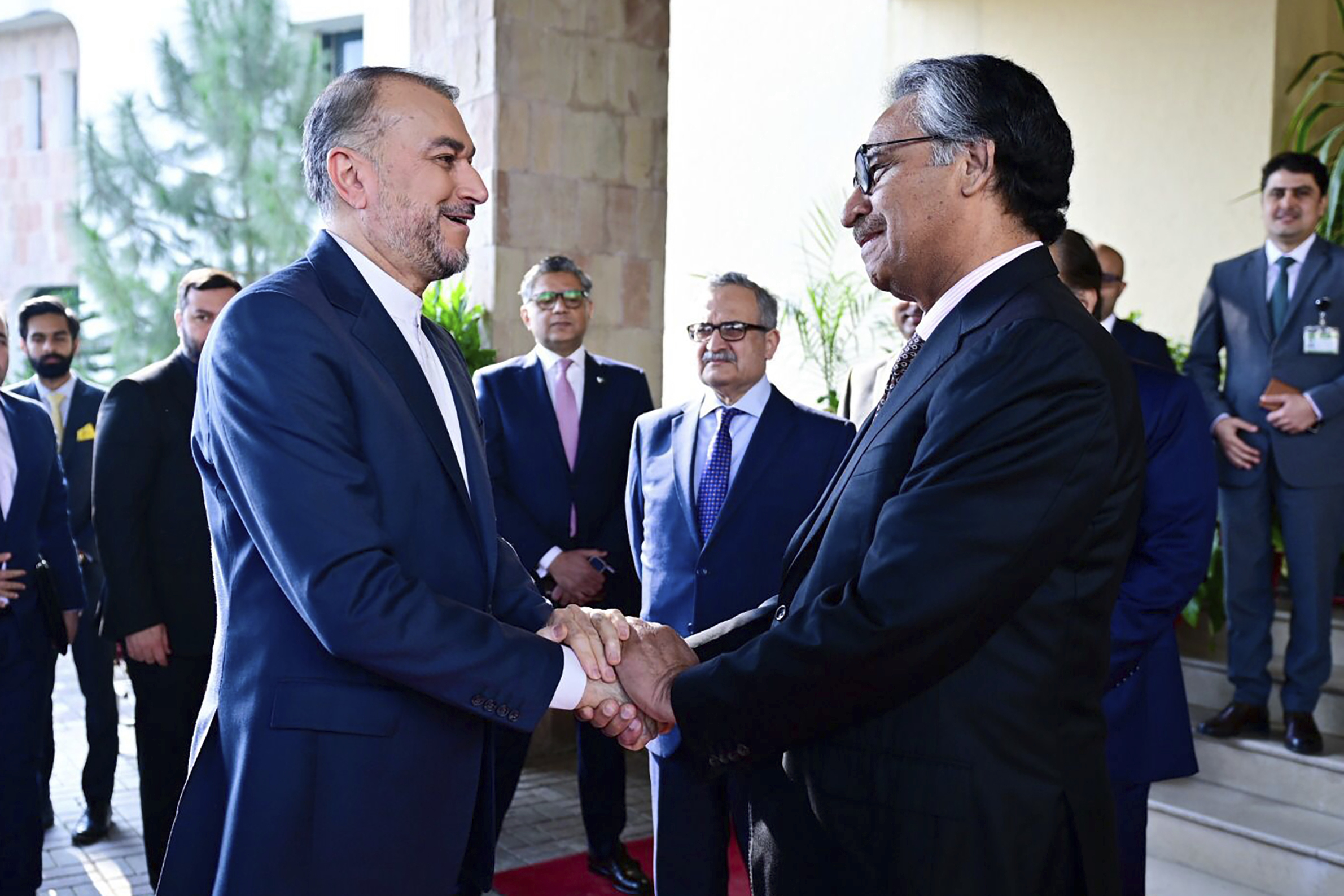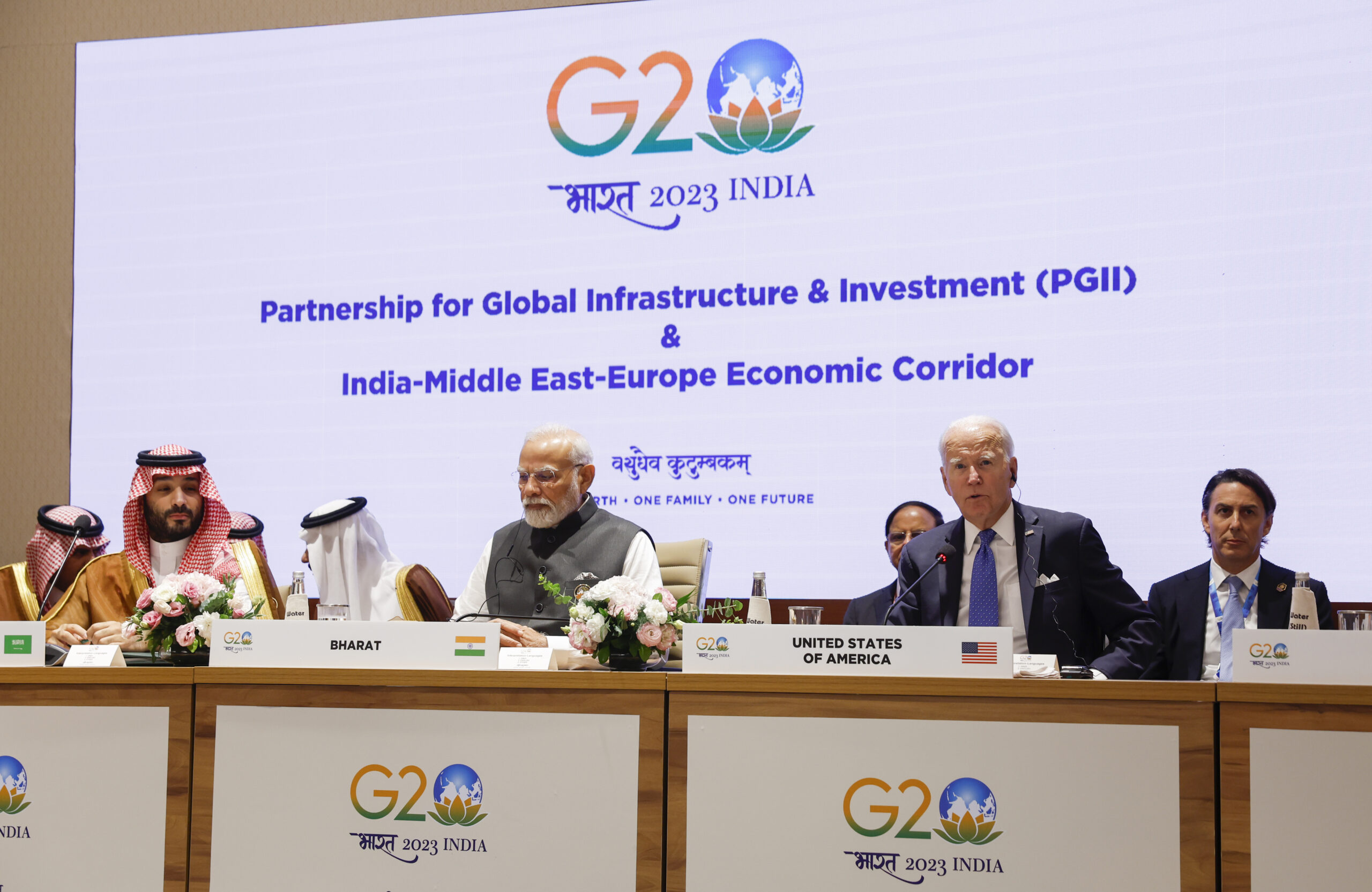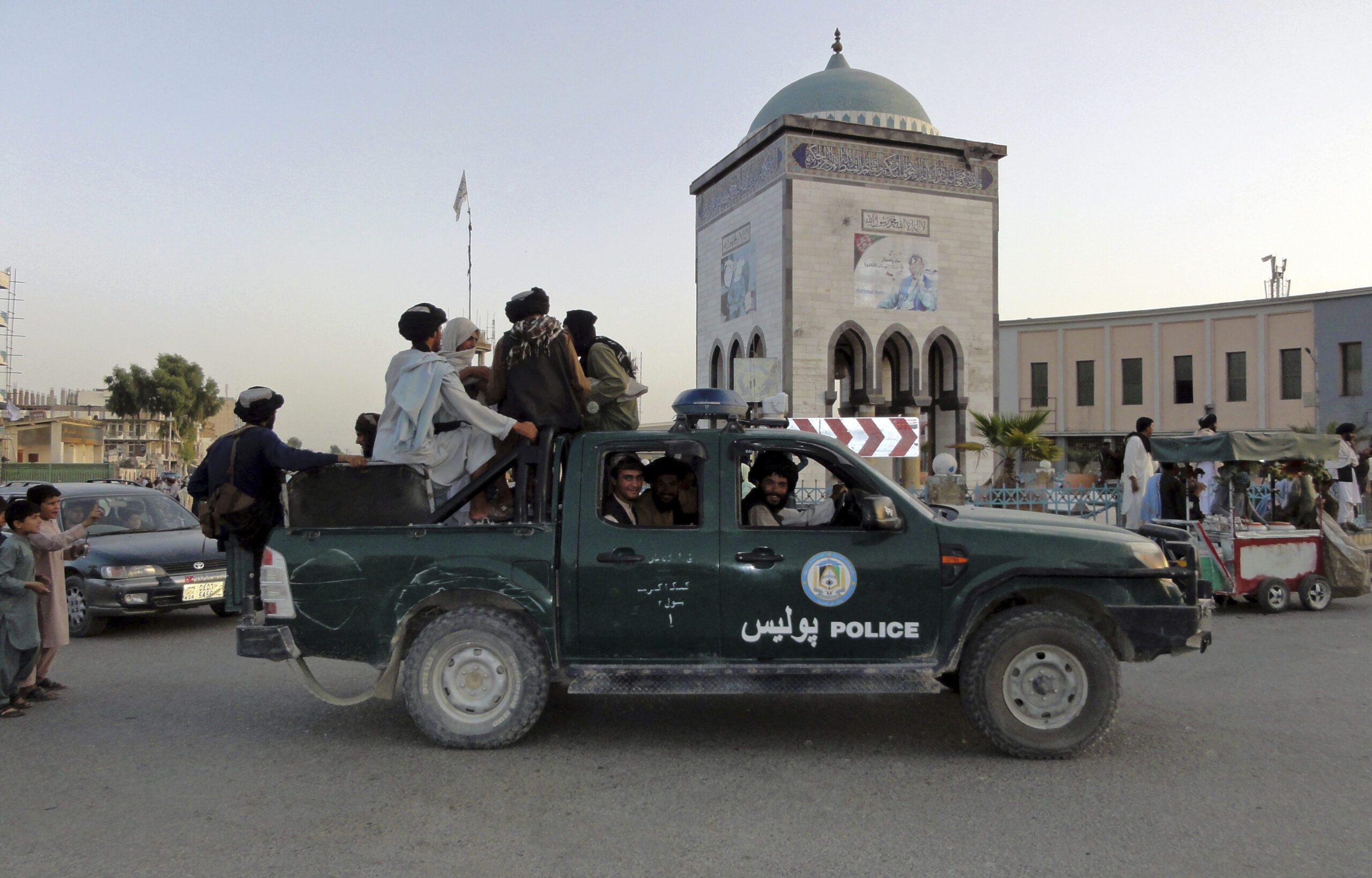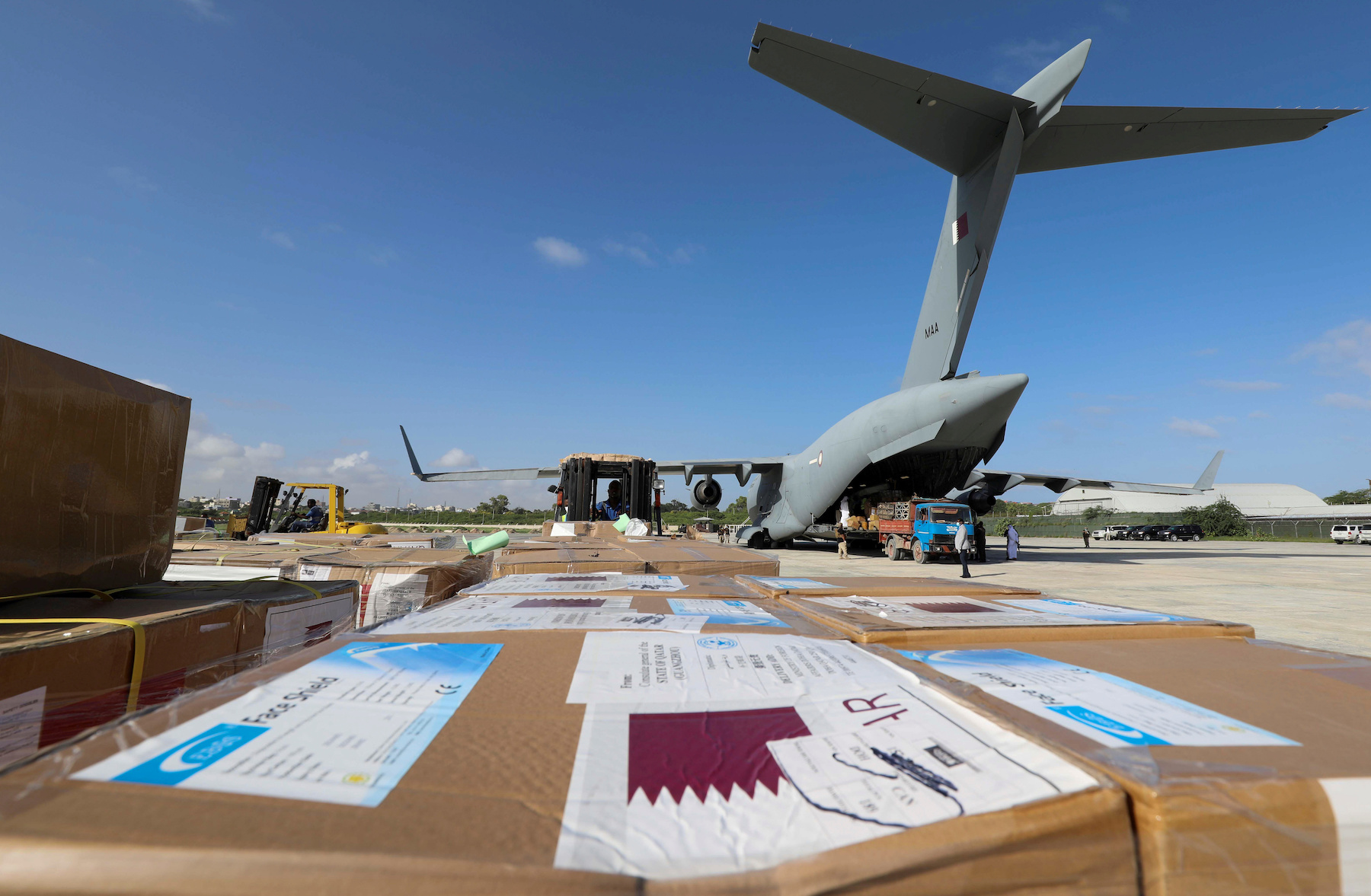Saudi-Pakistani Defense Pact Highlights Shifts in Alignments
Saudi Arabia’s strategic defense agreement with Pakistan is part of a wider formation of alignments within the broader Muslim world meant to counter Israel’s expanding power and ambitions in the region, as the threat perception has shifted from Iran to Israel.
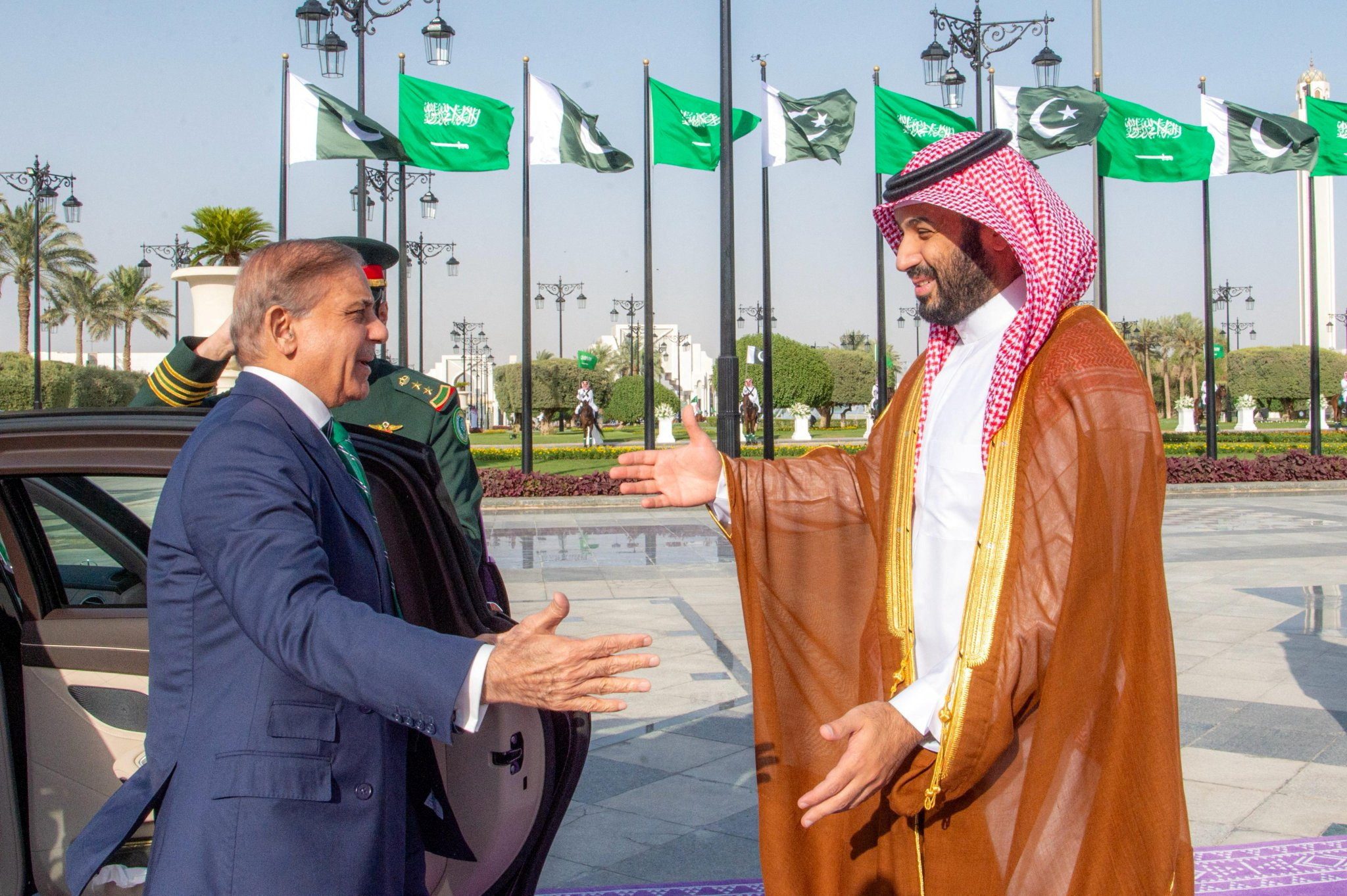
Saudi Arabia and Pakistan have maintained close political and defense ties for decades. But on September 17, just eight days after Israel launched missile strikes against Hamas officials in Qatar, the bilateral relationship got a boost with the surprise signing of a Strategic Mutual Defense Agreement. This security pact, as well as its timing and the associated pageantry, including an extraordinary welcome accorded to Pakistani Prime Minister Shehbaz Sharif in Riyadh, underscored the significance of this step in Saudi-Pakistani relations.
While the timing of the announcement, just over a week after the unprecedented Israeli attack on Qatar, was notable, both Saudi and Pakistani statements stressed that the agreement has been the outcome of years of bilateral security discussions on a defense agreement and is not related to recent geopolitical upheavals in the Middle East. Since 1967, Pakistan has been sending trainers and military advisors to Saudi Arabia. In 2023, after meeting with a Saudi delegation, Pakistan’s defense minister said that both countries were advancing toward a “comprehensive defense relationship.” However, Israel’s airstrikes on Qatar and the United States’ inaction have dramatically elevated Gulf states’ security concerns.
The joint declaration affirmed that aggression against one country would be considered an offense against the other. The declaration also affirmed the countries’ aim to develop aspects of defense cooperation. Since Pakistan and Saudi Arabia have already maintained a robust defense relationship involving training of troops and joint exercises, the emphasis on defense cooperation possibly hints at joint manufacturing of arms and ammunition, particularly in a bid to move away from Western supplied armaments. This could also entail transfer of technology and co-production of weapon systems that Saudi Arabia is unlikely to obtain from Western sources.
Yet, the most significant aspect of the press release is the emphasis on “joint deterrence against any aggression.” Historically, Pakistan has used the word “deterrence” to imply the operationalization of its nuclear weapons to deter an aggressor, as Pakistan’s conventional military resources are not sufficient to deter its rival, India. As Saudi Arabia does not possess nuclear weapons, this security pact might have enshrined the extension of Pakistan’s nuclear umbrella to Saudi Arabia as a form of credible defensive deterrence. In an interview, the Pakistani defense minister hinted at such an arrangement. This also means that both sides have joined forces against a threat that is unlikely to be deterred by conventional means and therefore requires nuclear signaling. However, this does not mean neglecting conventional military arsenals, and Saudi Arabia might provide Pakistan with financial incentives to increase its conventional military capabilities, which now will also be available to Saudi Arabia in case of an attack.
The details of the agreement shared do not clarify if Pakistan’s ballistic and cruise missiles capable of carrying nuclear weapons will also be deployed to the kingdom or if this will be decided in future. If these strategic assets end up in Saudi Arabia, it will complicate ties with Saudi Arabia’s Western partners and alarm others in the region, particularly Israel. Similarly, any deployment of Chinese-made advanced assets operated by Pakistan’s armed forces to the kingdom is also bound to raise eyebrows. It is certainly possible, even probable, that such physical deployment in the kingdom will not take place to avoid precipitating tensions with the United States, especially in the domain of nuclear signaling for deterrence, where ambiguity remains the coin of the realm.
Importantly, in contrast to when Pakistan refused to get involved in Yemen in 2015, there was no internal debate or discussion in Parliament regarding the agreement; the Pakistani government struck the deal without feeling it necessary to consult any other domestic stakeholder. The hybrid nature of the current regime in Pakistan, with the civilian government effectively in a power sharing arrangement with (though serving in reality as a junior partner to) the military leadership, which has dominance over key decision making, suggests the military is driving this initiative with Saudi Arabia. So, this raises the question whether the pact will survive beyond the current military regime.
Moreover, the agreement is likely to affect Saudi Arabia’s relationship with India. Over the past decade, the two countries have worked to develop security and counterterrorism partnerships. In 2019, India established a strategic partnership with Saudi Arabia, largely at the expense of Pakistan. And defense ties particularly got a boost when Lieutenant General Fahd bin Abdullah Mohammed Al-Mutair, then commander of the Royal Saudi Land Forces, visited India in 2022 for discussions with the country’s top military officials. And Saudi cadets have joined Indian armed forces for training programs at Indian military academies. The new defense agreement with Pakistan is likely to damage this burgeoning relationship with India. Although Saudi leaders may think they can continue their balancing act between India and Pakistan, a major confrontation between the two rivals may put this to the test. The viability of connectivity projects, such as the India-Middle East-Europe Economic Corridor, may also be affected by this agreement. It may also be the case that the Saudis felt compelled by current regional dynamics to take this risk with Pakistan.
India’s attempts to isolate Pakistan and break its strategic ties with the Gulf states have taken a significant hit. The Saudi decision to disregard Indian concerns and enter into a defense alliance with a military chief who India has accused of orchestrating terrorism is a big blow to India’s bilateral ties with Riyadh. The Indian foreign office stated that it is reviewing the impact of this agreement on Indian national security. It is clear that India considers this a dangerous development not only for its impact in the Middle East but also regarding India’s threat perception vis-à-vis Pakistan. Regardless of the more dire aspects of this impact calculus, full implementation of this agreement could overstretch Pakistan’s armed forces, already facing India on Pakistan’s eastern border and fighting Taliban insurgents on the western border, a development the two signatories will want to avoid.
The defense pact with Pakistan is part of a wider formation of alignments within the broader Muslim world specifically meant to counter Israel’s expanding power and ambitions in the region, as the threat perception has shifted from Iran to Israel. The Gulf Arab states have also activated their Joint Defense Council to strengthen Gulf defense coordination in the face of Israeli and other emerging threats. While the Gulf Arab states are still very much embedded in a U.S.-oriented security landscape, it is clear they have started to look for alternatives to shore up their defense, particularly in case of an attack by a U.S. ally.
The views represented herein are the author's or speaker's own and do not necessarily reflect the views of AGSI, its staff, or its board of directors.


